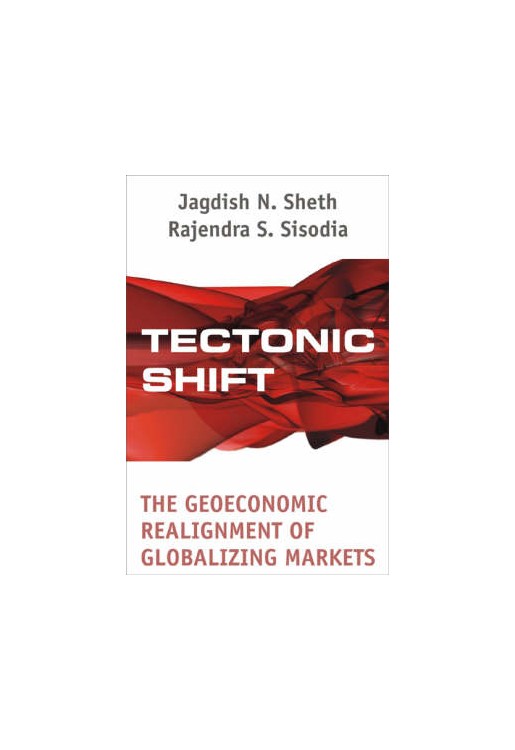While the world is still coming to grips with the implications of globalization, Tectonic Shift investigates what the globe's economic and geopolitical future looks like and discovers the unfolding of an unprecedented realignment of forces. Based on extensive study and analysis, the authors of this compelling book argue that regionalization will replace the much celebrated globalization, characterized by extensive North-South integration between developed and developing nations. They describe how the world is evolving into three huge economic and political unions, which will take shape by 2020, and predict that:
- The EU will expand both eastward as well as to the south, right up to Southern Africa.
- The Asian block, initially led by Japan and then by China, will encompass a united Korea, ASEAN, Australia and New Zealand and create a vast free trade area by approximately 2015.
- The US and Latin American nations will revive the Free Trade Area of the Americas (FTAA), and will be joined by the UK.
- South Asia will have its own free trade area, which will eventually ally with the FTAA.
Sheth and Sisodia argue that these evolving, strategic partnerships will involve free trade, monetary union, cross-border infrastructure investments, regional development agencies, and conflict resolution mechanisms. They also discuss the key steps that each region will have to take to be successful, and how it can overcome obstacles to change. Handled properly, the authors further argue, this evolution will result in faster and broader economic development coupled with diminished conflict among nations. "There have been many writings on geopolitical forces-how nations interact in the pursuit of power. Less has been written on geoeconomics forces-how national economies interact in the pursuit of economic gain. . . . It is to Sheth and Sisodia's credit that they offer a penetrating analysis on where the future of different countries is going under the pressure of geoeconomic forces." -- From the Foreword by Philip K. Kotler The book is a commendable treatise on the modern economic history of the world that explains most modern economic phenomena without too much jargon...The attention to the historic details is a strong point of the entire book...The chapters can also be considered a short crash course in modern economic history and even a layman can understand how the geoeconomic forces have realigned themselves over the period of the last few decades. -- Vikalpa
Foreword Philip Kotler
Preface
The Geoeconomic Reality of Globalization
Trade as The Engine of Economic Growth
Flexing Its Muscle: The European Union
Answering The Challenge: The Americas
Pacific Power Play
The Final Pieces
Competition between The Blocs
Realignment of Industrial Policy
Renewal of Bloc Infrastructure
Bloc Centric Trade and Investment
Rationalization of Domestic Industry
Obstacles To The Realignment of Nations
Index


